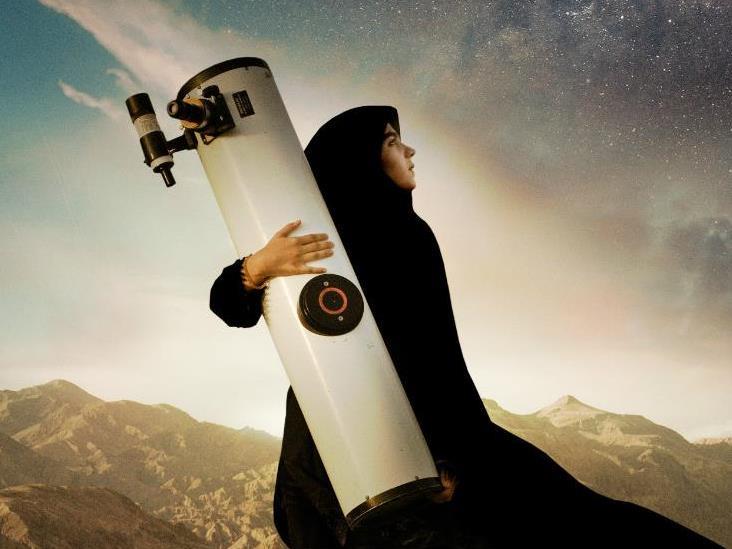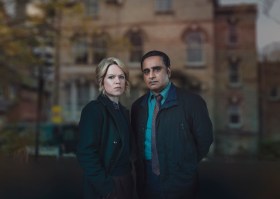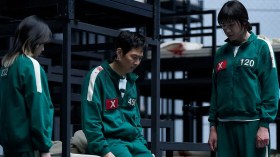Image: supplied
Sepideh Hooshyar is a 16-year-old high school girl in a country and culture where a certain type of behaviour is expected; however hers is a life lived with determination. The heavens monopolise her focus, and when she isn’t gazing into the night sky with equipment she drags to an unfinished observatory, she is watching footage of her idol, Anousheh Ansari, the first Iranian in space. She also writes letters to Albert Einstein opining her desire to become an astronaut, and argues with her family members about appropriate activities, attitudes and aspirations. Sepideh can see the stress she causes for her widowed mother, but remains unfettered in her enthusiasm to chase the promise that lingers above.
In the film that makes her quest its own, symbolism flows thick and fast; from Sepideh’s name (meaning both the light in the sky before sunrise, and the coming of a better time after difficulty), to the neat fit of aiming higher through astronomy, to references to Galileo’s struggle to be taken seriously, no opportunity to underscore the against-the-odds plight of the protagonist is overlooked. Yet, the bluntness of Sepideh – Reaching for the Stars is offset by its universality and authenticity. In the documentary, the tale told is one of truth, not just for the young woman at its centre, but also for others in her nation and of her gender.
Accordingly, Sepideh – Reaching for the Stars resonates in its message, and in the striving against a harsh reality that it champions. Writer/director Berit Madsen’s debut effort also chronicles Sepideh’s lone source of encouragement, her physics teacher and local astronomy club leader Mr. Kabiri, but his support serves more than her interests. Complexity lingers in their pupil and master dynamic, as it does in the surrounding society where religion and duty reign. Having a dream isn’t a right afforded to all, nor is chasing one, the film makes clear; pursuing a passion in such circumstances isn’t a path any but the brave and tenacious would take, the feature also screams.
With such a strong story to work with – one reminiscent of a real-life version of the sweet Saudi Arabian effort Wadjda – the film’s content triumphs its construction. Alongside an impressive array of time-lapse evening sky shots, as well as ample footage of the desolate Iranian landscape, Madsen observes leisurely rather than engages the camera’s aesthetic choices in furthering the narrative. The Danish filmmaker spent three years charting her spirited subject, and the resulting comfort shows. Alas, sometimes so too does the performative urge of the people depicted, once more sending an atmosphere of convenience echoing throughout the scenes shown.
Of course, just-proficient technical elements and thematic synergy barely detract from the feminist missive on display, nor should they. Yes, a documentary is more than just the tale it tells and the person it hones in on, yet here that’s what captures attention over an otherwise conventional account of tackling tradition.
Rating: 3 stars out of 5
Sepideh – Reaching for the Stars
Director: Berit Madsen
Denmark | Norway | Sweden | Germany | Iran, 2013, 90 mins
Australian Centre for the Moving Image
https://www.acmi.net.au/film/seasons-and-screenings/sepideh-reaching-for-the-stars/
14 January – 1 Feb
Actors:
Director:
Format:
Country:
Release:





